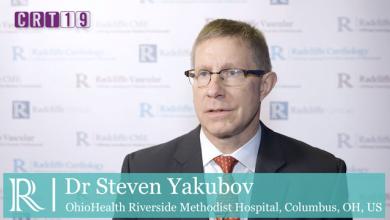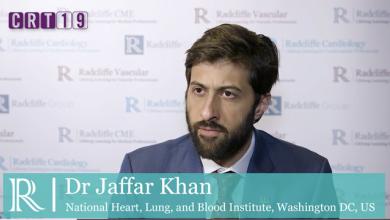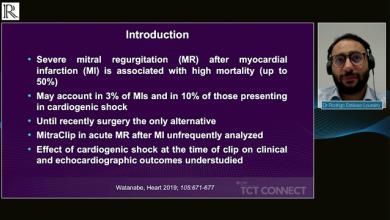Valve replacement surgery can be an effective, lifesaving treatment option for people with aortic or mitral valve diseases.
Aortic valve replacement is often required in older patients but the surgical risk is often extremely high. Transcatheter aortic valve implantation (TAVI) is an established therapy for intermediate and high surgical risk patients with symptomatic severe aortic valve stenosis.
Approximately 1.8% of the US population has mitral valve disease, and an estimated 106,000 surgeries per year are for the treatment of valvular heart disease. The durability of surgical mitral valve repairs and replacement are limited. There is a 25% rate of significant mitral regurgitation recurrence in surgical repairs at 2 years and a 44% rate of primary valvular failure at 15 years, leaving the patient with either symptomatic mitral regurgitation, stenosis or both.
























